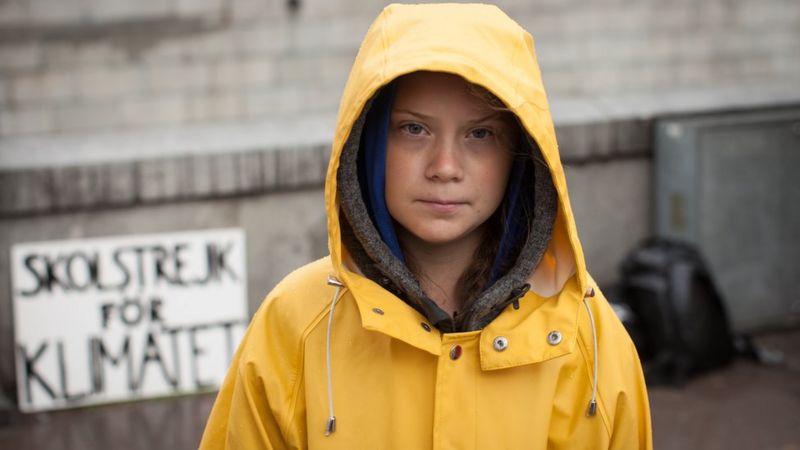
Green groups have long criticised the Jawa 9 & 10 coal power project over its devastating impacts on public health and the environment. Now, a study has revealed the project would also be unprofitable for its investors.
The 2,000-megawatt Jawa 9 & 10 coal-fired power project planned to be built near the Indonesian capital city Jakarta would result in significant losses for investors if it goes through, a new pre-feasibility study released on Thursday (18 June) has revealed.
The analysis conducted by Korea Development Institute (KDI), an autonomous policy-oriented research organisation, shows the present value of cash flows pumped into the power project would exceed that of inbound cash flows by US$43.58 million over the station’s lifetime.
Almost three-quarters of the project volume is financed through loans provided by lenders such as Singapore bank DBS, Siemens Bank, Korean public banks, as well as Malaysian and Indonesian banks, which include Maybank, CIMB, Bank Negara Indonesia, Exim Bank of Indonesia and Bank Mandiri, among others.
However, South Korean utility Korea Electric Power Corporation (Kepco) is the only foreign firm backing the project that will hold a share of ownership in the plant. It is poised to lose US$7.08 million in equity investments, according to the study, which was obtained by Seoul-based non-profit Solutions for our Climate.
Other equity investors associated with the venture include Jakarta-based power and petrochemical firm Barito Pacific and Indonesia Power, a subsidiary of Indonesia’s state utility Perusahaan Listrik Negara (PLN), which provides the land for the station.
Solutions for our Climate director Youn Sejong said while loan investors were less at risk because their investment would be paid off first, the fact that the project itself was valued negative should still be a wakeup call for the banks supporting it.
“Investors backing the project should pull out given the estimated unprofitability. Because the construction has not commenced, this is the best time to withdraw from the project with no sunk cost involved,” he told Eco-Business.
The project, which is to add two power plant units to the Suralaya coal-fired power station in Cilegon, a city in Indonesia’s Banten province, is expected to be in operation from 2024. The new plant units will use ultra-supercritical technology to enable higher efficiencies and lower emissions.
Besides the Jawa project, Kepco is planning to acquire a share in the planned Vung Ang 2 project in Ha Tinh province, Vietnam. Its stake in the venture would see the company build two 600-megawatt coal plants carrying a price tag of US$2.24 billion.
This is despite a recent estimate by the KDI that the net value of the Vung Ang 2 project stands at negative $158 million, with Kepco’s planned investment valued at negative $80 million.
Around the globe, pressure is mounting on governments and companies to drop coal, the world’s single-biggest contributor to man-made global warming, amid increasingly dire warnings of climate change.
Both the Jawa and the Vung Ang ventures have received heavy criticism from environmental activists and health experts in recent years, who have urged the corporations backing them to recognise the reputational, legal and environmental risks involved in the investments.
A 2019 report by environmental campaigners Greenpeace that modelled the health impacts of the Jawa project concluded the station would cause 4,700 premature deaths over its lifetime.
The new assessment comes as the Korean government puts together its Green New Deal package, a collection of sweeping policies geared towards ending South Korea’s contribution to climate change. The move was announced as part of the Liberal Party of Korea’s election manifesto earlier this year.
Following Moon Jae-in’s recent landslide victory, the government is expected to implement a carbon tax, foster investment in clean energy, and phase out domestic as well as overseas coal power financing.
Last month, the world’s top asset manager BlackRock, which owns shares in Kepco, raised concerns over several coal projects the utility firm is involved in.
According to the KDI, Kepco’s financial plan for the Jawa project takes an overly optimistic view of the expected amount of power sales and potential power transmission rates.
The firm has also likely underestimated engineering, procurement and construction (EPC) costs and not taken into account the financial difficulties currently facing Korean company Doosan Heavy Industries & Construction, the venture’s EPC contractor, amid the coronavirus crisis.
This increases the risk of budget overruns and project delays, although they would only indirectly affect Kepco as the EPC contractor would be required to bear the added costs.
The KDI pointed out the global transition to renewables indicated coal’s decline and could entail negative consequences for the Jawa power plant units.
At the same time, the ongoing coronavirus pandemic, which has yet to peak in Indonesia, may affect the project as it wreaks havoc on supply chains and project timelines while reducing electricity consumption. Youn said: “Planning of the Jawa 9 & 10 project was based on a gross overestimation of power demand growth.”
“Kepco should consider participating in the project only after closely examining the particular economic and market conditions in Indonesia,” reads the KDI’s report.
Despite the bleak profitability outlook, however, Kepco pursues its investment plans and seeks to obtain its board’s approval on the investment in the next board meeting scheduled for the end of June, according to Solutions for our Climate.
Earlier this month, the company announced through the media that the project passed the new pre-feasibility study, although the project score indicated that investments should be “considered with caution”, said the non-profit in a statement released on Thursday (18 June). In total, the firm looks to commit US$51 million to the Jawa venture.
In its statement, Solutions for our Climate said: “Kepco’s hasty decision to invest in the Jawa 9 & 10 project is likely to undermine the Korean government’s initiative towards a clean energy transition and sustainable economy.”
Source : https://www.eco-business.com/
By Tim Ha


















